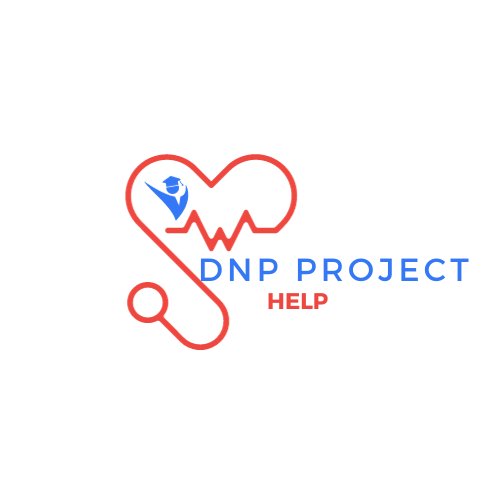
Evidence-based practice proposal Capstone Project Topic Selection and Approval
You and your mentor will pick a topic for your big project together. Think about what’s going on in the place where you work or used to work. Your project could be about a problem you see there, like how things are done, how the organization works, how to make things better, how leaders could do things differently, or something people need to learn about. You can find examples of projects that mix health, leadership, and using good evidence on the Healthy People 2020 website.
Write a 500-750 word explanation of your big project idea. Here’s what you need to cover:
- Talk about the problem, issue, idea, change, or thing people need to learn that your project will focus on.
- Describe where this problem, issue, idea, change, or thing people need to learn is happening.
- Give a detailed description of what this problem, issue, idea, change, or thing people need to learn is like.
- Explain how this problem, issue, idea, change, or thing people need to learn affects the place where you work, how well the staff take care of people, and how well patients do.
- Say why this problem, issue, idea, change, or thing people need to learn is important for nursing.
- Offer a way to solve the problem, address the issue, make the idea happen, make the change, or teach people what they need to learn.
Make sure you find at least 8 articles written by experts and reviewed by other experts to help with your project. Follow the APA Style Guide for how to set up your paper. You’ll need to use LopesWrite to check your paper before you turn it in.
Evidence-based practice proposal Capstone Project Topic Selection and Approval Sample – Childhood Obesity
Childhood obesity is a common problem in the United States, where kids have too much weight, which isn’t good for their health (Kelsey et al., 2014). We use something called BMI, which measures weight compared to height, to figure out if a kid is overweight or obese. The Centers for Disease Control and Prevention (CDC) says that if a kid’s BMI is higher than or equal to the 95th percentile, they’re obese (Centers for Disease Control and Prevention, 2013). Childhood obesity is a big deal because kids are more vulnerable to its effects.
Obesity in kids is a serious issue in the U.S. About one in every three kids is heavier than they should be, and it’s gotten three times worse in the last thirty years (Cunningham, Kramer & Narayan, 2014). The American Heart Association says it’s the top health problem for parents to worry about, even more than smoking or drinking.
As kids get older, they’re more likely to be obese. Between 2011 and 2014, obesity rates dropped for kids aged 2 to 5, but it’s still at 8.9%. For kids aged 6 to 11, it’s 17.5%, and for kids aged 11 to 19, it’s 20.5% (Centers for Disease Control and Prevention, 2013). Minority communities like Hispanic and African-American families are hit hardest, along with families with lower incomes (Van Grouw & Volpe, 2013).
Childhood obesity affects kids in lots of ways. They can get health problems like Type 2 Diabetes, high blood pressure, heart diseases, and high cholesterol, which used to be only for adults (Ogden et al., 2014). It also messes with their heads, giving them issues like feeling bad about their bodies, low self-esteem, anxiety, and feeling sad (Reilly & Kelly, 2011). Because of their weight, they might get picked on by other kids at school and even by their own families, leading to more emotional problems that can stick around for a long time.
Significance of the Problem
Childhood obesity is a big problem that we need to focus on fixing. More and more kids are becoming obese, and it might keep getting worse because of how kids live nowadays. Technology has changed the way kids play. Instead of running around outside, they’re spending a lot of time indoors playing video games and watching movies, which means they’re not moving around as much. When more kids are obese, it brings lots of health problems, and their health keeps getting worse. So, it’s not just up to parents to fix this issue—it’s also important for the government, doctors, and communities to help out. Studying this topic is important because it shows how serious the problem is and helps us figure out ways to make kids healthier.
Proposed Solution to Childhood Obesity
The way to tackle childhood obesity is by starting initiatives to stop kids from gaining too much weight and help those who already have too much weight. We need to teach parents how to encourage their kids to live healthily. Kids should eat good food and stay active. We can teach them about healthy living both at school and at home. Schools can make rules to promote healthy living, like making kids play sports and selling healthy food (Hanks, Just & Wansink, 2013). At home, parents should choose healthy food for their kids and encourage them to move around to stay healthy.
In the doctor’s office, there’s not much we can do to treat childhood obesity. There aren’t any medicines approved for kids with obesity in the U.S., and doctors don’t recommend using them for kids. But doctors can help by teaching parents how to help their kids live healthier lives (Bleich et al., 2013).
References
Bleich, S. N., Segal, J., Wu, Y., Wilson, R., & Wang, Y. (2013). Systematic review of community-based childhood obesity prevention studies. Pediatrics, 132(1), e201-e210.
Cunningham, S. A., Kramer, M. R., & Narayan, K. V. (2014). Incidence of childhood obesity in the United States. New England Journal of Medicine, 370(5), 403-411. evidence-based practice proposal Capstone Project Topic Selection and Approval .
Centers for Disease Control and Prevention (CDC. (2013). Vital signs: obesity among low-income, preschool-aged children–United States, 2008-2011. MMWR. Morbidity and mortality weekly report, 62(31), 629.
Hanks, A. S., Just, D. R., & Wansink, B. (2013). Smarter lunchrooms can address new school lunchroom guidelines and childhood obesity. The Journal of pediatrics, 162(4), 867-869.
Kelsey, M. M., Zaepfel, A., Bjornstad, P., & Nadeau, K. J. (2014). Age-related consequences of childhood obesity. Gerontology, 60(3), 222-228.
Ogden, C. L., Carroll, M. D., Kit, B. K., & Flegal, K. M. (2014). Prevalence of childhood and adult obesity in the United States, 2011-2012. Jama, 311(8), 806-814. evidence-based practice proposal Capstone Project Topic Selection and Approval .
Reilly, J. J., & Kelly, J. (2011). Long-term impact of overweight and obesity in childhood and adolescence on morbidity and premature mortality in adulthood: systematic review. International journal of obesity, 35(7), 891-898.
Van Grouw, J. M., & Volpe, S. L. (2013). Childhood obesity in America. Current Opinion in Endocrinology, Diabetes and Obesity, 20(5), 396-400. evidence-based practice proposal Capstone Project Topic Selection and Approval .



